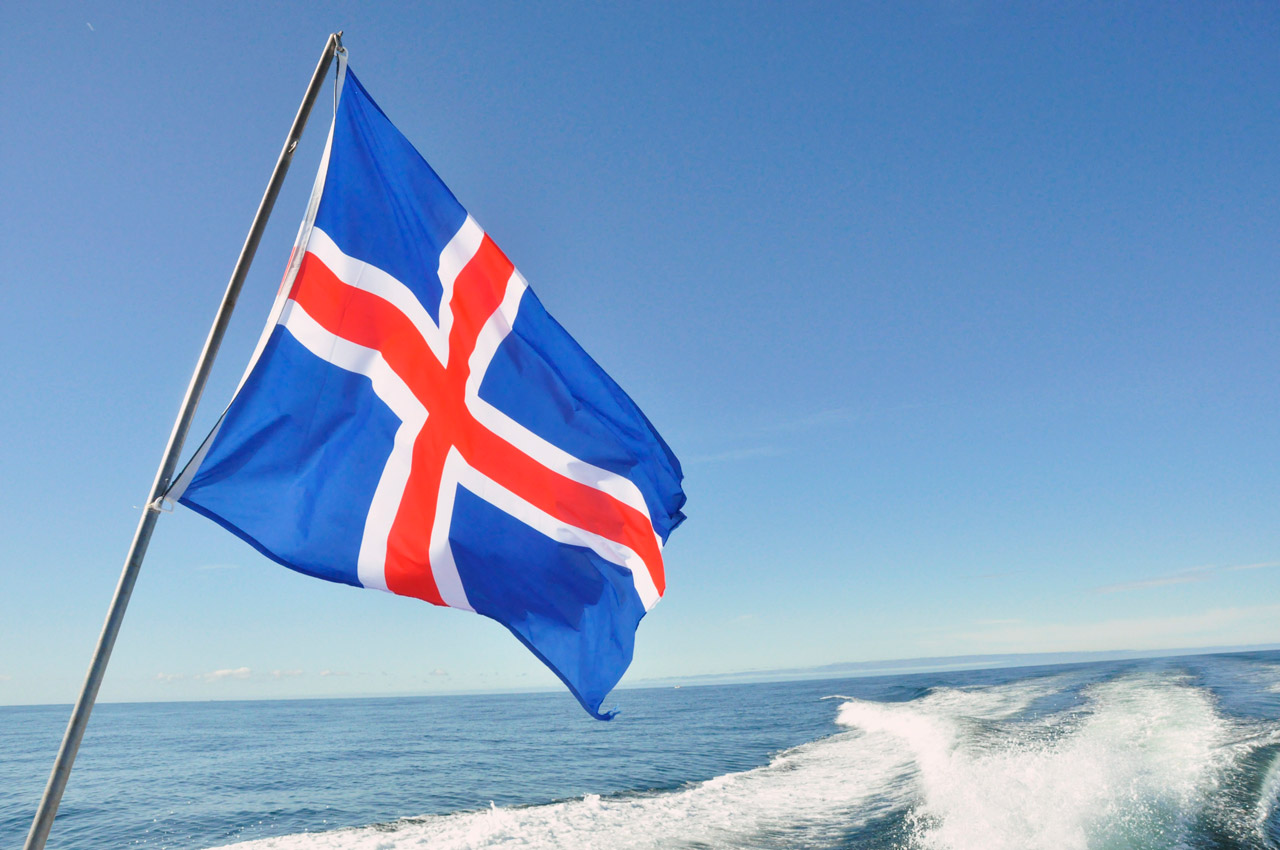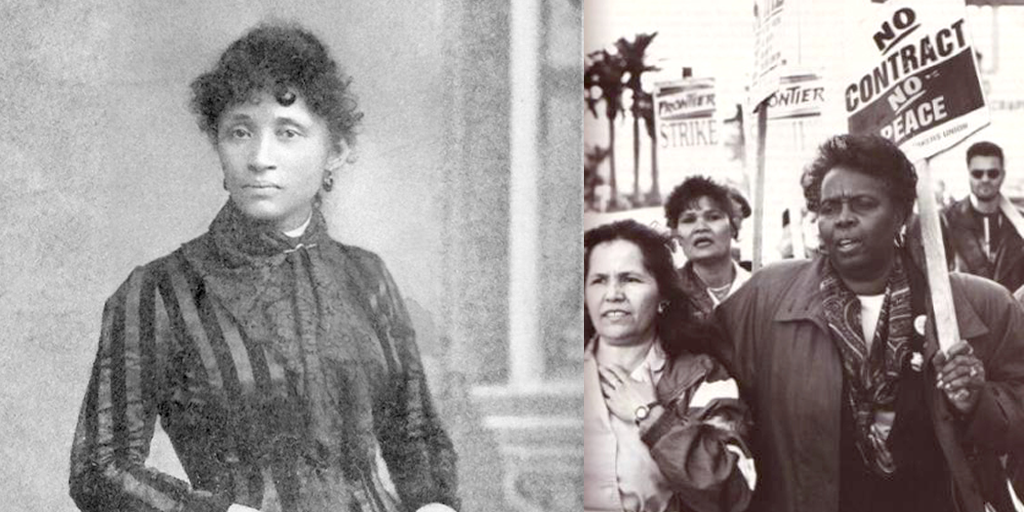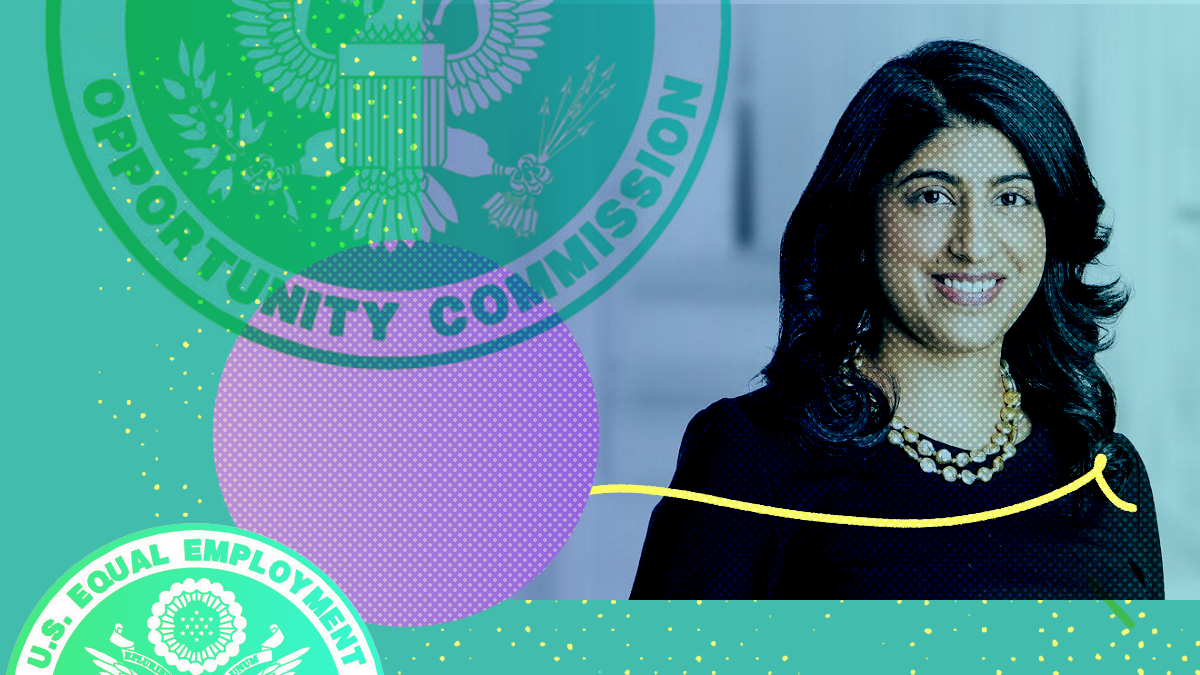Iceland’s New Equal Pay Law is a Huge Deal – But Let’s Be Clear Why

Last week, Iceland passed a new equal pay law, which will require employers to prove that their employees are paid equally for equal work. This bill is GREAT – but not for the reasons that the internet insists. Here’s a primer to break it down for you:
1. Iceland is NOT the First Place to Ban Employers From Paying Women Less Than Men for The Same Job.
When this law passed, the internet was ablaze with headlines claiming that Iceland was the “first country to make it illegal to pay men more than women.” But is this really true?

In many countries, including the United States, it has been illegal to pay men more than women for the same work for over 50 years. In 1963, President Kennedy signed the Equal Pay Act (EPA) into law, making it illegal for employers to pay unequal wages to men and women who perform substantially equal work. When the EPA was passed, women were paid only 59 cents to every dollar paid to men.
The EPA makes pay discrimination illegal on the basis of sex. Other laws in the United States also promote equal pay, including Title VII of the Civil Rights Act of 1964, which prohibits discrimination on the basis of sex in compensation, as well as other terms and conditions of employment that affect compensation, like promotions and access to bonuses and commissions.
So what makes Iceland’s law special and important?
2. Instead of Making women Prove They Are Being Paid Less, Iceland Is Requiring Employers to Affirmatively Prove They Are Following the Law
What really makes Iceland’s new law different is that it sets up an affirmative compliance system – where companies must demonstrate that they are following the law, or face fines.
Much like in the United States, Iceland already had a law on the books requiring equal pay for equal work that largely depended on women discovering a pay disparity, often by accident, and then taking the risk of speaking up and filing a complaint with a government agency or court to try to get the equal pay they deserve. But it wasn’t working. So advocates in Iceland decided that instead of waiting for someone to make a complaint and then requiring employers to remedy discrimination after the fact, employers should have to affirmatively demonstrate on the front end that they are complying with the law.
How will it work? Iceland will now require employers to obtain an Equal Pay Certification once every three years, proving that they are paying women and men equally. In order to obtain the certification, employers will need to show compliance with an equal pay management system called the “Equal Pay Standard.” In practice, the standard is comprised of rules and guidelines to analyze pay structures within companies, designed to demonstrate whether pay inequities exist between male and female employees. And if companies do not comply, or the analysis reveals pay disparities, companies will be fined. The standard was developed jointly by Iceland’s unions, the employers’ confederation, and government officials.
Employers will be subject to the certification in phases. The first group of employers – with 250 or more employees – needs to have implemented the standard by December 31, 2018. The final group – employers with at least 25 employees – must comply by December 31, 2021. State employers are on a different and faster timeline, however. All state ministries need to have undergone certification by December 31, 2018, and state institutions and companies owned by the state with 25 or more employees, by December 31, 2019.
Of course, if women in Iceland find out they are being paid less than men for equal work, they will still be able to bring legal action.
Icelandic activists, and supporters around the world, hope this new enforcement mechanism will help bring about real and lasting wage parity.
3. What Does This Mean for Women in The United States?
In the United States, equal pay laws have improved conditions for women, but we’re still a long way from equal pay. Women who work full time, year-round in the United States were paid only 80 cents for every dollar paid to their male counterparts in 2016. The wage gap is even more substantial for some groups of women, with Black women typically making only 63 cents, Latina women only 54 cents, and Native women only 57 cents for every dollar paid to white, non-Hispanic men. Asian women working full time, year-round are typically paid only 87 cents for every dollar paid to their white, non-Hispanic male counterparts – but the wage gap is substantially larger for some subgroups of Asian women.
Although we have had laws banning employers from paying women less than men for the same job for over 50 years, many loopholes have arisen in these laws, and the financial penalty an employer faces for violating the law is often not significant enough to incentivize them to follow the law in the first place. Moreover, illegal and pervasive employer-imposed secrecy around wages – enforced by penalties like being fired for talking about pay – have allowed discrimination to remain hidden in the shadows, and persist, often undetected.
But instead of taking bold action to make progress, like Iceland, in the United States we’re going backward thanks to the Trump Administration. In 2016 the Obama Administration announced an initiative to require large employers to affirmatively report pay data by race, gender, and job category on a form they’ve been using for years to submit workforce demographic data to the EEOC, our federal workplace civil rights agency. While not as strong as Iceland’s new Equal Pay Certification, this equal pay data collection was an important step towards closing gender and racial wage gaps. But in August 2017, the Trump Administration illegally halted this equal pay initiative, claiming it was too burdensome for businesses – even though no employers had even submitted data yet. The Administration ordered the EEOC to come up with a new plan – at the same time that it nominated a new leader and commissioner for the EEOC.

In November 2017, the National Women’s Law Center, along with others, sued to challenge the stay.
4. So What Can You Do?
First, we can’t end pay discrimination and close wage gaps if employers can hide the fact they are paying women and people of color less. The EEOC needs to know we support equal pay and the equal pay data collection. Sign this petition today and tell the EEOC it must move forward on developing a revised equal pay data collection now.
Next, while our fingers are crossed that Congress can get it together and make progress at the federal level, in the meantime advocates and legislators in the states are working hard to make sure we keep making progress towards closing the wage gap. In particular, equal pay advocates are trying to shine a light on employer pay practices by passing bills at the state level requiring employers to allow people to discuss their pay without fear of retaliation and to require pay data reporting. Some states like Minnesota, New Mexico, and New York require certain employers to report information about pay or wage gaps, although these requirements aren’t as far-reaching as the Iceland law. Let your state lawmakers know that these kinds of policies are important for helping to close the wage gap.
We hope that the United States will one day join Iceland. After all – why shouldn’t companies have to show us the receipts when it comes to equal pay. What do they have to hide?






